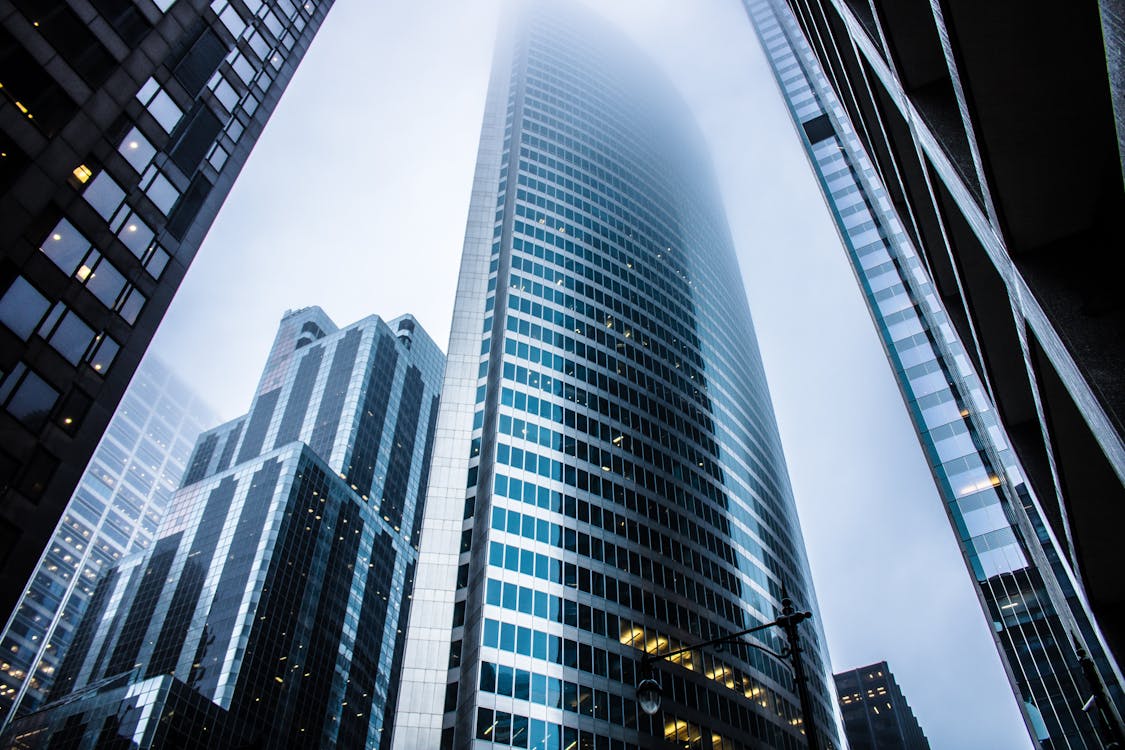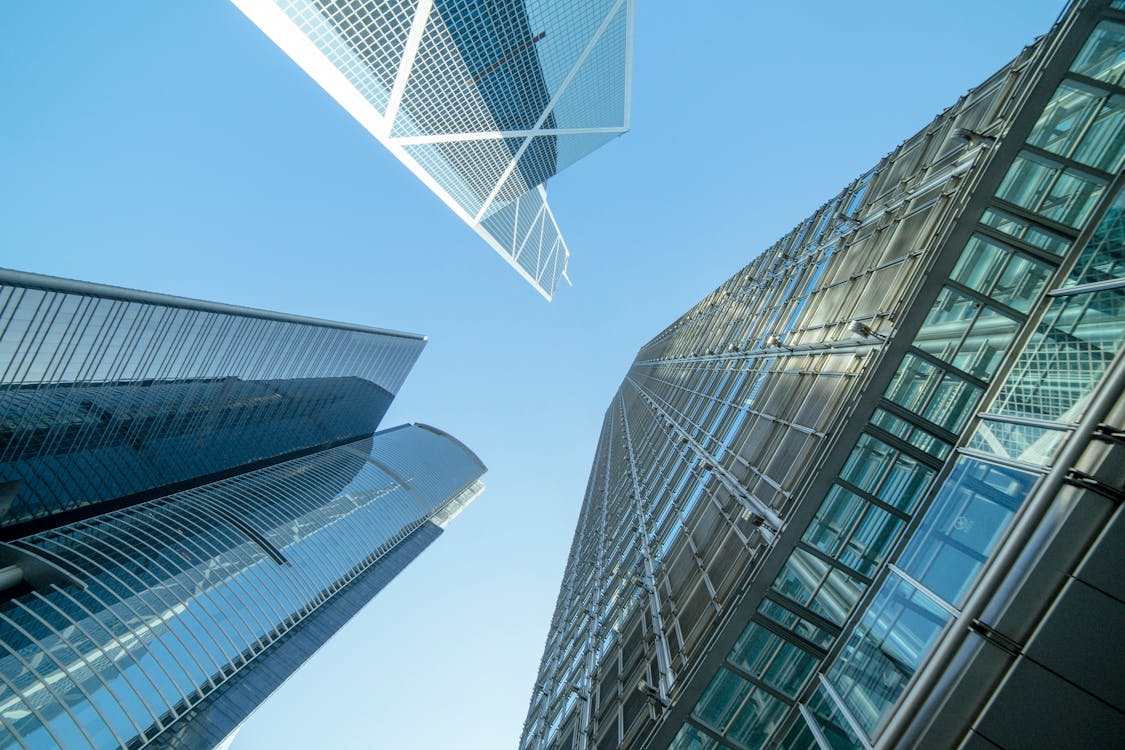In the realm of architecture and urban planning, low-rise buildings have gained significant popularity. These structures, characterized by their modest height and scale, offer a range of benefits, including enhanced livability, efficient land use, and a closer connection to the surrounding environment. In this article, we will explore the concept of low-rise buildings, their advantages, and how they contribute to creating functional and accessible spaces for various purposes.
Understanding Low-Rise Buildings
Low-rise buildings, as the name suggests, are structures with limited height compared to their high-rise counterparts. While there is no universally defined height limit, low-rise buildings typically range from one to four stories. These buildings are characterized by their horizontal orientation, emphasizing a closer relationship with the surrounding landscape and human scale.

Essow K
Benefits of Low-Rise Buildings
Enhanced Livability
One of the key advantages of low-rise buildings is the improved quality of life they offer. With fewer floors, residents and occupants experience a stronger sense of community and connection. Low-rise buildings often feature amenities such as gardens, communal spaces, and outdoor areas, fostering a more engaging and social environment.
Efficient Land Use
Low-rise buildings utilize land more efficiently than high-rise structures. By spreading horizontally rather than vertically, these buildings occupy a larger footprint, accommodating more occupants and functional spaces while minimizing the need for extensive foundations and vertical circulation systems. This efficient land use is particularly beneficial in densely populated areas where space is limited.
Better Connectivity
Low-rise buildings promote better connectivity with the surrounding neighborhood. Their lower height allows for easier integration into existing urban fabric, ensuring a seamless transition between the building and its surroundings. This integration facilitates pedestrian-friendly environments and encourages walkability, fostering a sense of belonging and promoting a healthier lifestyle.
Check out our previous post about : the Oldest Buildings in Europe
Design Considerations for Low-Rise Buildings
To maximize the benefits of low-rise buildings, several design considerations come into play.
Optimal Floor Plans
Efficient floor plan layouts are crucial in low-rise buildings. Well-designed spaces that optimize functionality and circulation contribute to the overall livability and usability of the building. Proper zoning of residential, commercial, and communal areas ensures a smooth flow between different spaces, enhancing convenience and functionality.
Integration with Surrounding Environment
Low-rise buildings should be designed in harmony with the natural and built environment. Architectural elements that reflect the local context, such as materials, colors, and forms, create a sense of place and contribute to the overall aesthetics. Careful consideration should be given to the scale and proportions of the building to maintain visual harmony with neighboring structures.
Accessibility and Inclusivity
Designing low-rise buildings with accessibility in mind ensures that everyone, regardless of physical ability, can navigate and utilize the spaces comfortably. Incorporating features such as ramps, elevators, wide corridors, and accessible amenities guarantees inclusivity and compliance with accessibility standards.

Johannes Plenio
Applications of Low-Rise Buildings
Low-rise buildings find applications in various sectors, including:
Residential Developments
Low-rise residential buildings offer an attractive alternative to high-rise apartment complexes. They provide a more intimate living experience, with lower population densities and a greater emphasis on privacy. Low-rise residential developments often feature amenities like gardens, courtyards, and playgrounds, enhancing the overall quality of life for residents.
Educational Institutions
Schools and universities can benefit from low-rise buildings as they create a conducive learning environment. Smaller-scale buildings promote a sense of community among students and faculty, fostering stronger relationships and collaboration. Additionally, low-rise educational institutions can incorporate outdoor learning spaces and green areas, supporting student well-being and connection to nature.
Commercial and Mixed-Use Spaces
Low-rise buildings are suitable for commercial and mixed-use developments. Retail establishments, offices, and boutique businesses can thrive in low-rise environments, providing a more intimate and engaging experience for customers. Mixed-use developments can combine commercial spaces with residential units, creating vibrant communities where people can live, work, and socialize in close proximity.

Jimmy Chan
Sustainable Aspects of Low-Rise Buildings
Low-rise buildings offer several sustainable features that align with environmental goals:
Energy Efficiency
With a lower vertical profile, low-rise buildings require less energy for vertical transportation and HVAC systems. They also allow for better natural light penetration, reducing the need for artificial lighting during the day. Efficient insulation and orientation contribute to reduced energy consumption and improved thermal comfort.
Natural Ventilation and Daylighting
Low-rise buildings can take advantage of natural ventilation and daylighting strategies. Properly positioned windows, atriums, and courtyards enable passive cooling and ample natural light, reducing reliance on mechanical ventilation and artificial lighting. This not only lowers energy usage but also enhances occupants’ comfort and well-being.
Green Roofing and Landscape Integration
Low-rise buildings have the advantage of incorporating green roofing and integrating landscape elements into their design. Green roofs provide insulation, reduce stormwater runoff, and enhance biodiversity. Landscaped areas around low-rise buildings improve air quality, provide visual appeal, and create spaces for relaxation and recreation.
Low-rise buildings offer a range of benefits, from enhanced livability and efficient land use to improved connectivity and sustainability. Their human-scale design and integration with the surrounding environment create functional and accessible spaces for various purposes, whether it’s residential, educational, or commercial. By considering design considerations and embracing sustainability, low-rise buildings contribute to the creation of vibrant and harmonious communities.
